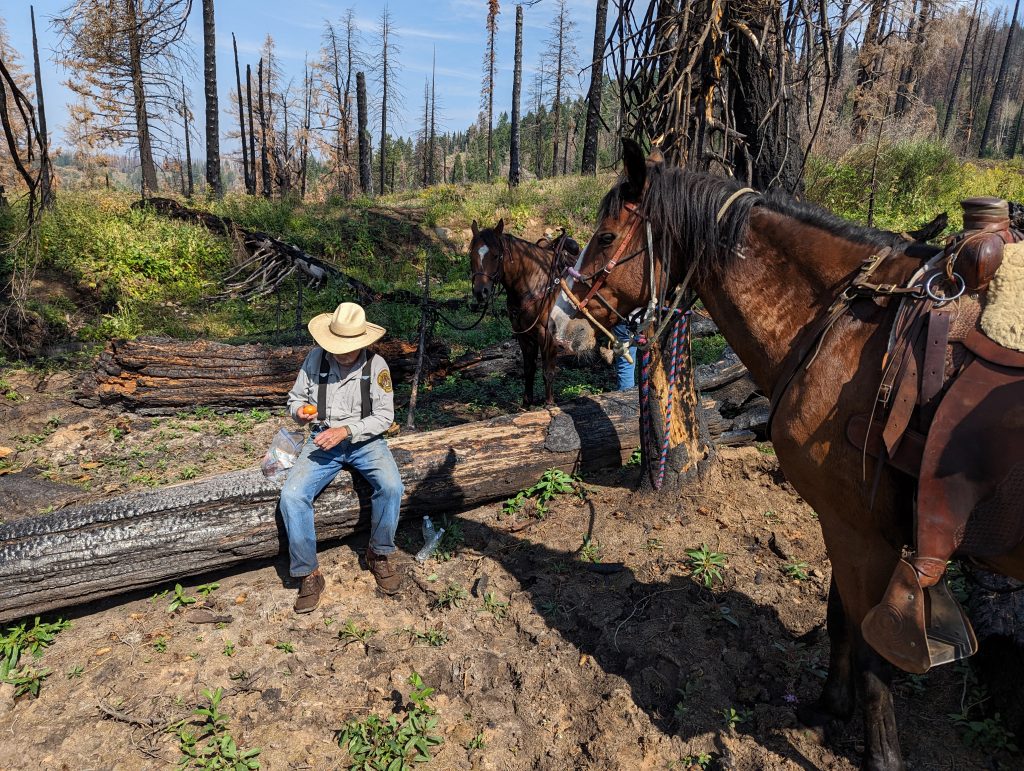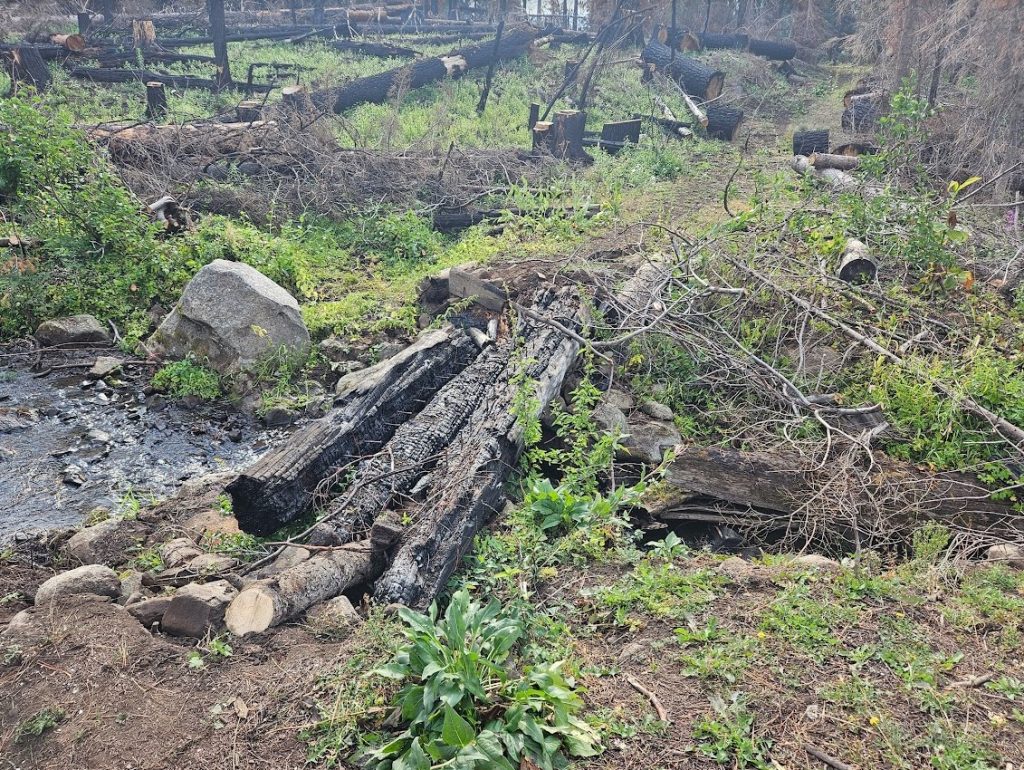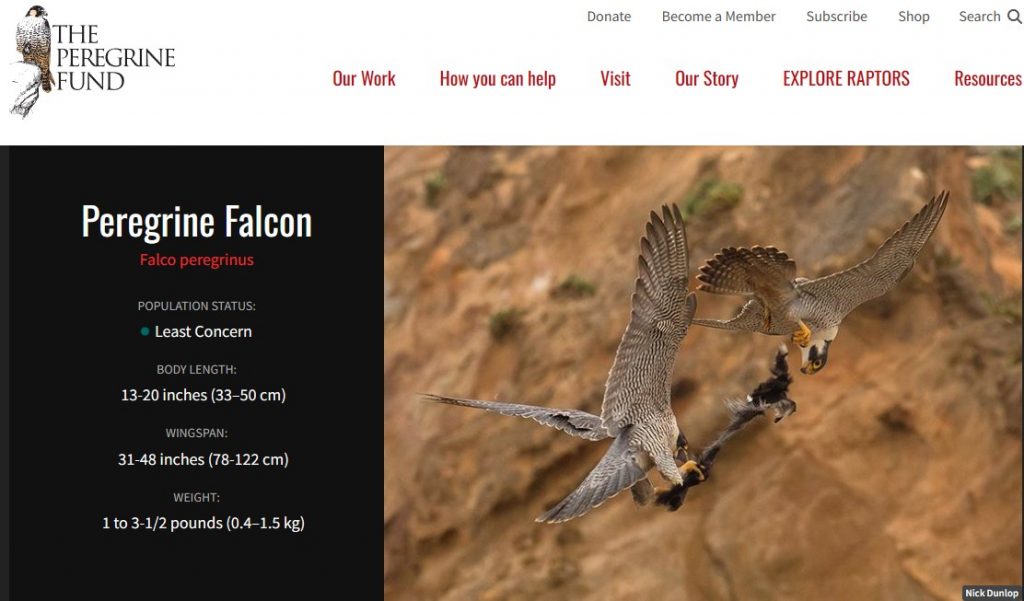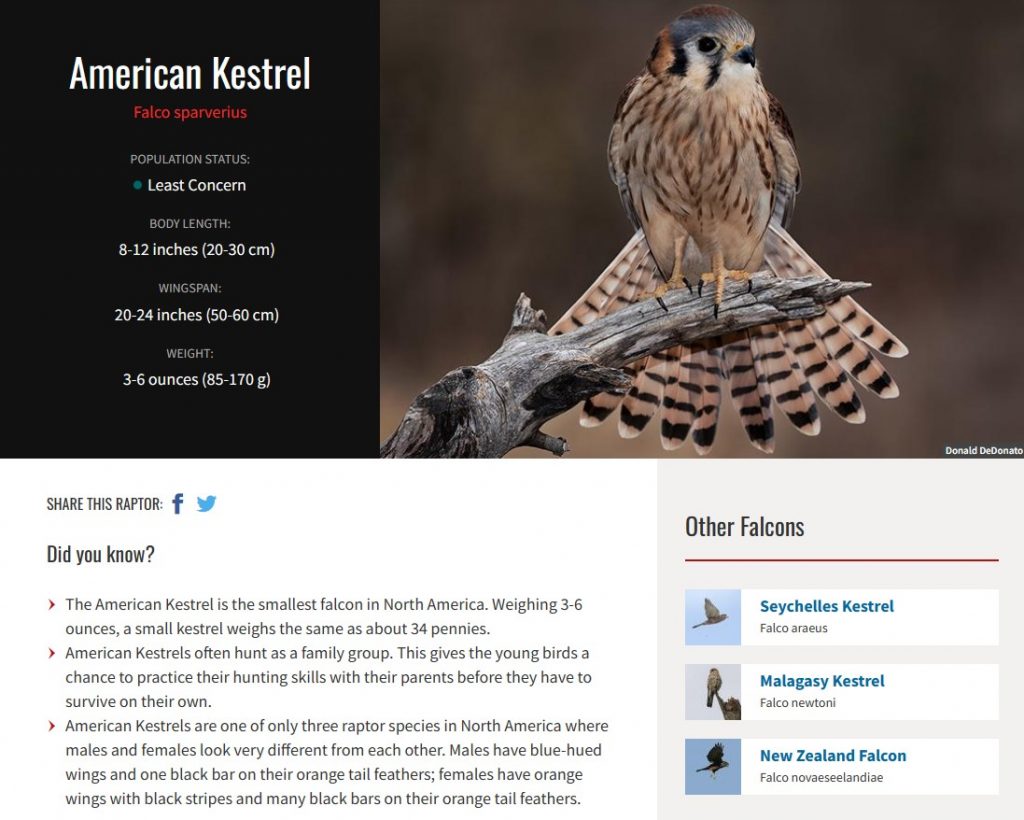
 This picture is of the bridge that once crossed Pole Creek, now it is just three charged logs.
This picture is of the bridge that once crossed Pole Creek, now it is just three charged logs.
To see pictures from the project CLICK HERE

 This picture is of the bridge that once crossed Pole Creek, now it is just three charged logs.
This picture is of the bridge that once crossed Pole Creek, now it is just three charged logs.
To see pictures from the project CLICK HERE
The Squaw Butte Chapter of Back Country Horseman of Idaho spend a lot of summer weekends doing trail or trailhead work in the mountains, or providing pack support for other volunteer trail crews. In July some members provided the pack support to a trail crew out of the Moscow/Pullman area spending a week cutting trees on trails in the Frank Chuck Wilderness.
Dan Waugh, of the Squaw Butte Chapter was the lead packer for the group and provided the following account of the trip back out of the Wilderness.
“Picked up the Selway Bitterroot Frank Church Foundation trail crew. They did an amazing job clearing over 5 miles and cutting more than 550 trees with a crosscut saw. If you haven’t ran one then you wouldn’t understand the task of this. But 3 crosscut teams can get to work!
The morning of the pack out was cool and wet and came early. Thank goodness for good hot coffee. We had the seven pack animals and two riding horses saddled and ready to go in about an hour. The ride in was great and without issue. The trail was wet so zero dust which is always a blessing. However, the bogs were deeper and sloppier than last week.

From Morocco to Malaysia, Greenland to Greece, Australia to Argentina, and India to Iraq, Peregrine Falcons live and breed on every continent in the world except Antarctica. They are strong, efficient flyers and skilled at catching a variety of prey from small songbirds to large ducks. This versatility allows them to live in almost any type of climate and habitat – and they do!
Deserts, seashores, mangroves, wetlands, tundra, grasslands, dry forests, scrubland, and craggy mountains are places one might find a Peregrine Falcon. The most common factor among these different locations is the presence of good nesting habitat. These falcons like to nest in high cliffs, but in cities, Peregrine Falcons use tall buildings or bridges instead. As in many urban settings, a resident falcon family returns from migration each spring to raise young on the ledge of a tall building in downtown Boise, Idaho.
Among the most impressive birds to watch hunt, Peregrine Falcons are known for their high speeds, impressive aerial acrobatics, and unmistakable grace. But Peregrine Falcons not only fly fast, some populations fly incredibly long distances, too. In the northern part of their range, Peregrine Falcons are migratory, which means they travel from their breeding grounds to non-breeding grounds and back every year. Some of these individuals travel from the Arctic nearly to Antarctica, making a yearly round trip journey of more than 20,000 miles. That would be like crossing the entire United States seven times in one year!
Peregrine Falcons that live closer to the equator tend not to migrate. This makes sense if you think about one definition of migration: the seasonal movement from one area to another for the purpose of finding food or to reproduce, usually triggered by a change in the weather. Since temperatures along the equator are not as extreme as in the northern and southern regions of the world, there tends to be more year-round prey. With more available prey, there is no reason for a Peregrine Falcon to leave its home. Even when they are raising young, the tropical regions of the world usually provide them with enough food to raise a healthy family.
Perhaps because of their amazing flying and hunting skills, Peregrine Falcons have had cultural significance for humans throughout history. To this day, they are still one of the most popular birds in the sport of falconry, and in ancient times they were considered the birds of royalty. Today, Peregrine Falcons that are trained as falconry birds are sometimes flown by their trainers at airports to scare off ducks and other birds that could collide with a plane and cause accidents. These falcons are helping to keep our skies safe! The Peregrine Falcon also appears on the U.S. Idaho state quarter.
